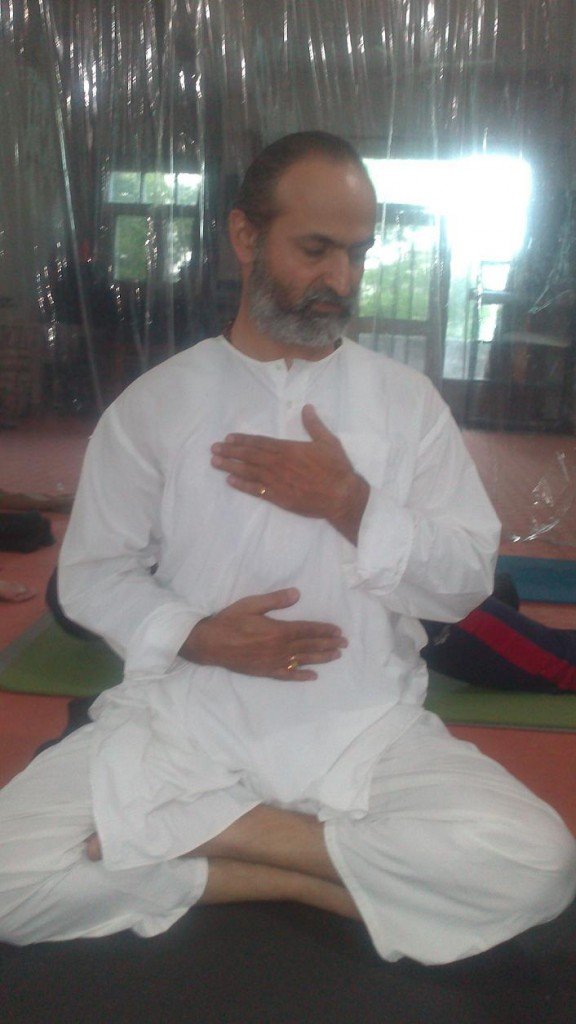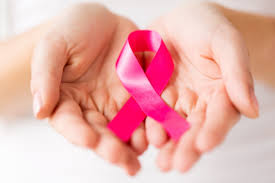
Yoga for cancer patients and survivors is a topic that was often discussed in our teacher training sessions but it was not until one of my students who happens to be a cancer survivor stepped into the yoga hall that I actually decided to put together something in this relation. Though when this student joined the sessions she was in a healthy condition but on reading further on the topic and exchanging some information with the student, it was not difficult to imagine the problems that cancer patients have to deal with on daily basis.
What is Yoga?
Though we have a lot of information on yoga on the platform dealing with metaphysics including the very interesting technique of straw pranayama, still I thought to write a few introductory words on the topic here as well.
It is the Sanskrit word ‘Yuj’ that is considered to be the source of the word ‘Yoga’. The word ‘Yuj’ denotes ‘joining together of the body, spirit and the mind’. The system of yoga views the mind and the body as one. An age old science it comprises of theories, observations and principles of this connection between the body and the mind.
The various yoga postures or asanas as known in Sanskrit work on all the systems of the body that includes the musculoskeletal system, the nervous system, the circulatory system, the respiratory system, the digestive system, the endocrine system and the reproductive system. The right environment and the right tools of practice can take yoga to a therapeutic level. Flexibility, relaxation, body posture, body alignment and body movement all tend to gain from the practice of various postures (asanas), yoga breathing (Paranayama) and meditation.
Benefits of Yoga for Cancer Patients
The positive impact of yoga has been explored with a variety of patient populations – including patients complaining of asthama, cardiac problems, sclerosis, headaches, diabetes, pain, gastrointestinal diseases and even addictions. Various researches are being conducted in order to analyze how yoga can benefit cancer patients and survivors. Positive results are reported with respect to –
- Quality of sleep
- Fatigue
- Anxiety
- Loss of Appetite
- Pain Management
- Stress
- Emotional Distress
It is important to note that we are talking of is integrating yoga with the goals of medical treatments in dealing with the symptoms of the disease, the after effects of the treatment and hence improving on the quality of life.
Research in cancer has ensured improvements in survival rates of patients while creating issues related to quality of life. Practicing of various poses can help restore physical activity, breathing exercises relax the body and help the mind to be still.
Meditation introduces one to the spiritual self and negates the effects of stress while strengthening the immunity system. Yoga as a practice helps bridge the distance between us and our feelings and sensations. Knowledge, awareness and acceptance of one’s condition is power. Being more aware of these feelings and sensations helps patients make better decisions and think positively about their healing.
Forming a strong connection with the body can help a patient feel empowered against the illness instead of running away. Yoga can help channelize your energies towards healing and thriving rather than having a multitude of negative feelings like self pity, anger and helplessness.
Breath Awareness for relieving stress and promoting relaxation
The best yoga postures for cancer patients and survivors are those that are gentle and focus on breathing. Let us use this opportunity to introduce you to a simple technique of breath awareness. This would help you relive stress and promote relaxation.

- Step 1: Make yourself comfortable. You could be either seated in a chair, lying on the floor or on the bed.
- Step 2: Ensure that your back is straight.
- Step 3: Place your hands on your knees with your palms open towards the sky.
- Step 4: Close your eyes and place one of your hands very lightly on your abdomen while the other on your chest.
- Step 5: Concentrate on your breath. Take a few long deep breaths. Feel your breath passing through the chest and reach the abdomen. With every inhalation your abdomen should rise and with every exhalation let your abdomen fall. Ensure that the movement of breath is without any jerks and breaks. Let your breath flow.
- Step 6: Once you established control over your breath, focus on your breath and inhale to a count and similarly exhale to the same count. Relax your shoulders, the neck and the jaw.
- Step 7: Practice this till you feel relaxed, calm, in control of yourself or as long as you feel like.
References:
Yoga Journal: Facing Cancer with Courage – Karol Krucoff, Pages 94 -99
Evidence-based Non-pharmacological Therapies for Palliative Cancer Care: Edited by William C.S. Cho
Note from CFC Team: In collaboration with our esteemed and knowledgeable guest contributor Shri Sunil Trikha Ji, we are pleased to announce to our viewers that we would be starting a series of yoga lessons in which each and every asana will be explained in detail, most likely with images and/or video with the teacher himself doing the same or one of his students under his guidance. The project is underway and will be online in a while at the metaphysics knowledge sister platform, so keep a look out and in the meantime enjoy the variety of material available here.








